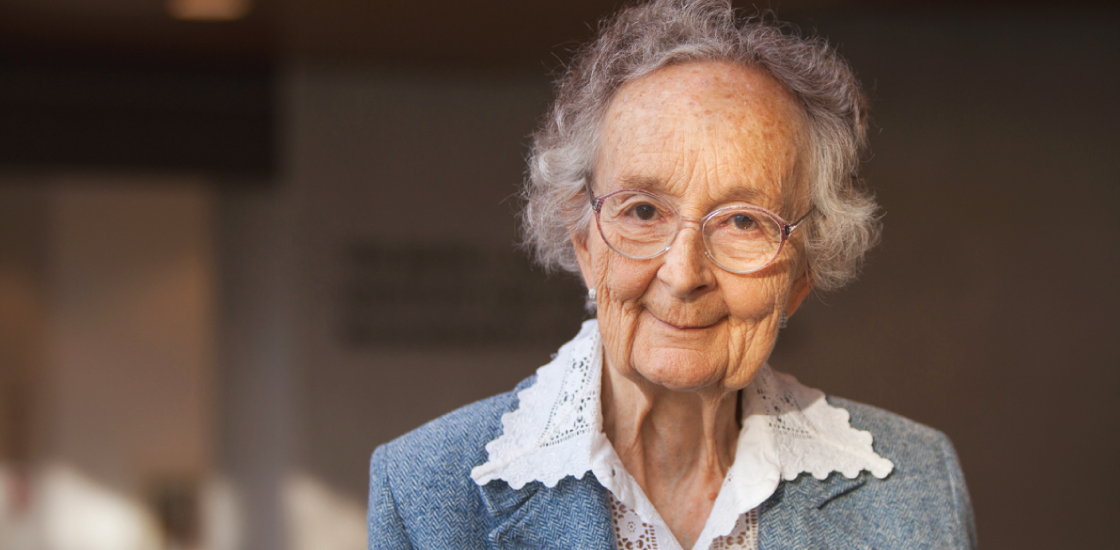Sylvie Goldman
Assistant Professor
Columbia University Medical Center
From this contributor
Remembering Isabelle Rapin (1927-2017)
Isabelle Rapin, a child neurologist who spent more than 50 years working with people with autism, passed away 24 May at the age of 89.
Valuable videos
Systematic analysis of video clips is better than questionnaires are at assessing repetitive movements in children with autism, says Sylvie Goldman.
Papers that defined diagnostic tools for autism research
It took 50 years for scientists to develop instruments reliable enough to be considered the gold standards for diagnosing autism. Autism has always been around, but it was not until the mid-1940s that Leo Kanner in the United States and Hans Asperger in Austria, both physicians, independently described children with what we now recognize as autism.

Papers that defined diagnostic tools for autism research
Explore more from The Transmitter
The Transmitter’s most-read neuroscience book excerpts of 2025
Books by Nachum Ulanovsky, Nicole Rust, and Andrew Iwaniuk and Georg Striedter made the list of some of the year's most engaging neuroscience titles.

The Transmitter’s most-read neuroscience book excerpts of 2025
Books by Nachum Ulanovsky, Nicole Rust, and Andrew Iwaniuk and Georg Striedter made the list of some of the year's most engaging neuroscience titles.
Neuroscience’s leaders, legacies and rising stars of 2025
Here are seven stories from the past year about some of the field’s most engaging figures.

Neuroscience’s leaders, legacies and rising stars of 2025
Here are seven stories from the past year about some of the field’s most engaging figures.
The Transmitter’s top news articles of 2025
Check out some of our most-read stories, covering neuroscience funding and policy changes in the United States, and methodological issues in high-profile neuroscience papers.

The Transmitter’s top news articles of 2025
Check out some of our most-read stories, covering neuroscience funding and policy changes in the United States, and methodological issues in high-profile neuroscience papers.
